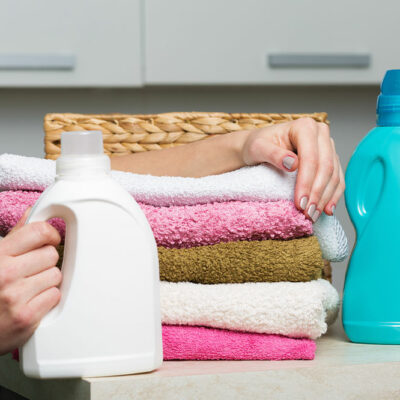
9 common errors to avoid when starting a nonprofit
Setting up a nonprofit can be a great way to make a difference in the community. The venture can also be emotionally and mentally rewarding, as it may be able to help those in need. However, starting a nonprofit is a lengthy process involving paperwork, adherence to laws, and other steps, giving way to lapses or missteps. Here are a few such common errors to avoid when starting a nonprofit
1. Creating one that already exists
One of the biggest mistakes people make is starting a nonprofit that already exists. If there is an active organization serving the community, starting another one with a similar cause may not be the best idea. One should carefully research what is not available in the community and choose that as a nonprofit venture. However, if passionate about the same cause, volunteering for the existing organization is a better option. Additionally, one could ask to get on the board of the existing organization, make donations, or reach out to learn about other ways to get involved. One could also consider speaking to the organization about opening another branch to extend the scope of its operation.
2. Not consulting a lawyer
The government has several regulations in place that dictate how a nonprofit should work. Further, it classifies a nonprofit as an organization that does not benefit one individual or operates for profit. Speaking to a lawyer can help one better understand these legalities and establish the nonprofit. Additionally, to be considered a 501(c)(3) nonprofit (the most common kind of nonprofit), one needs to prove its charitable purpose. Another thing to consider is that one cannot have political alignments to raise funds for the charity. While one could state their support for someone during an election year, they cannot operate as a front for campaign fundraising.
3. Neglecting the website
One might have the best vision and resources to run their nonprofit, but a poor website can interfere with mission accomplishment. The website would serve as an introduction to the work of the organization. So, an outdated website design with slow-loading or non-mobile-friendly pages may make visitors doubt the legitimacy of the nonprofit. It is important to remember that all visitors to the site are potential supporters and donors. So, maintaining a website and ensuring all its pages, information, links, and other security elements are up to date can make engaging with the nonprofit easier for visitors.
4. Overlooking marketing
A nonprofit is not exactly a business. However, to promote its mission, there is only so much that organic marketing, such as word of mouth or sharing the venture on social media, can do. To ensure the nonprofit and its cause get traction, one must set aside a budget for marketing. This will help donors find the website, understand the cause, and make donations.
5. Sending just receipts for donations
Everyone who donates should get a receipt by law. However, this is the bare minimum one can do when running a nonprofit. Just sending a receipt may affect donor retention. The organization head should remember that people donate because they care about a particular cause. So, apart from a receipt, one should consider making the donors feel appreciated by sending an email thanking them for the donation. One could also send donors monthly newsletters and updates on how the money was spent
6. Choosing a weak mission statement
A mission statement drives a nonprofit, and not spending time writing one is a mistake that can affect the future of the nonprofit. A good mission statement answers questions such as why the nonprofit is necessary, what is the desired change, which services will be provided, and who will benefit from the nonprofit. Other things that might be covered in the mission statement include the person or group that will deliver its services and the methods through which they will be delivered.
7. Trying to run the nonprofit solo
While the idea of a nonprofit is noble, one should not try to run the venture by themselves. Establishing a board of members can help one get the resources and expertise they need to run the organization. Additionally, a random board of members will not work. To run a successful nonprofit, one should get board members who have access to contacts who can offer money and other essential resources for the nonprofit. One must remember that fundraising is a group effort.
8. Hiring the wrong people
A nonprofit venture can go sideways quickly with the wrong staff. Most nonprofits try to get more out of a handful of employees to save money, but this would result in inadequate support and efficiency. This could also lead to poor employment practices and affect how a potential donor looks at the organization. Further, not managing the staff well is another issue. One must never hire someone to fill a position. Additionally, the organization should have proper records of each employee to keep track of their performance.
9. Not investing in the organization’s future
A small nonprofit may want to find ways to save money on key tools and resources. It may opt for free tools that can help complete basic tasks. However, this will not adequately support its growth and limit its expansion. So, one must consider investing in scalable tools, like software or apps, that help the nonprofit grow.


